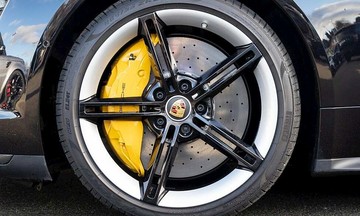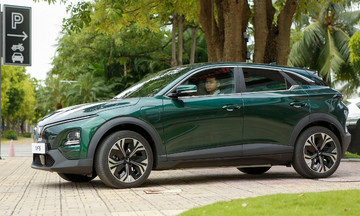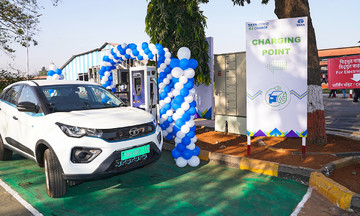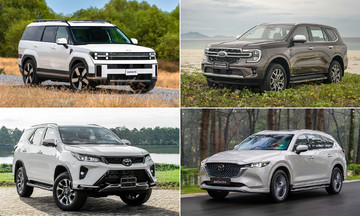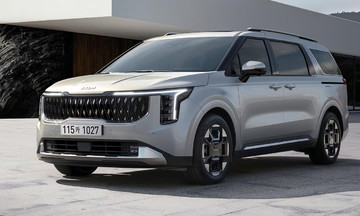While the US electric vehicle market faces fluctuations, the global market benefits from an increasing variety of electric models at competitive prices and sizes. In Europe, manufacturers like Renault, with its well-regarded Renault 4 and 5, are advancing electric vehicle development. However, they face intense competition from Chinese electric vehicle brands that are rapidly gaining market share.
According to JATO Dynamics, some brands have experienced sales growth of up to 100% compared to 2024.
In the first half of 2025, MG emerged as the top-selling Chinese auto brand in Europe, with around 151,600 vehicles sold. MG offers not only electric vehicles but also plug-in hybrid electric vehicles (PHEVs) and internal combustion engine vehicles, like the compact MG3 hatchback available in both hybrid and pure gasoline versions.
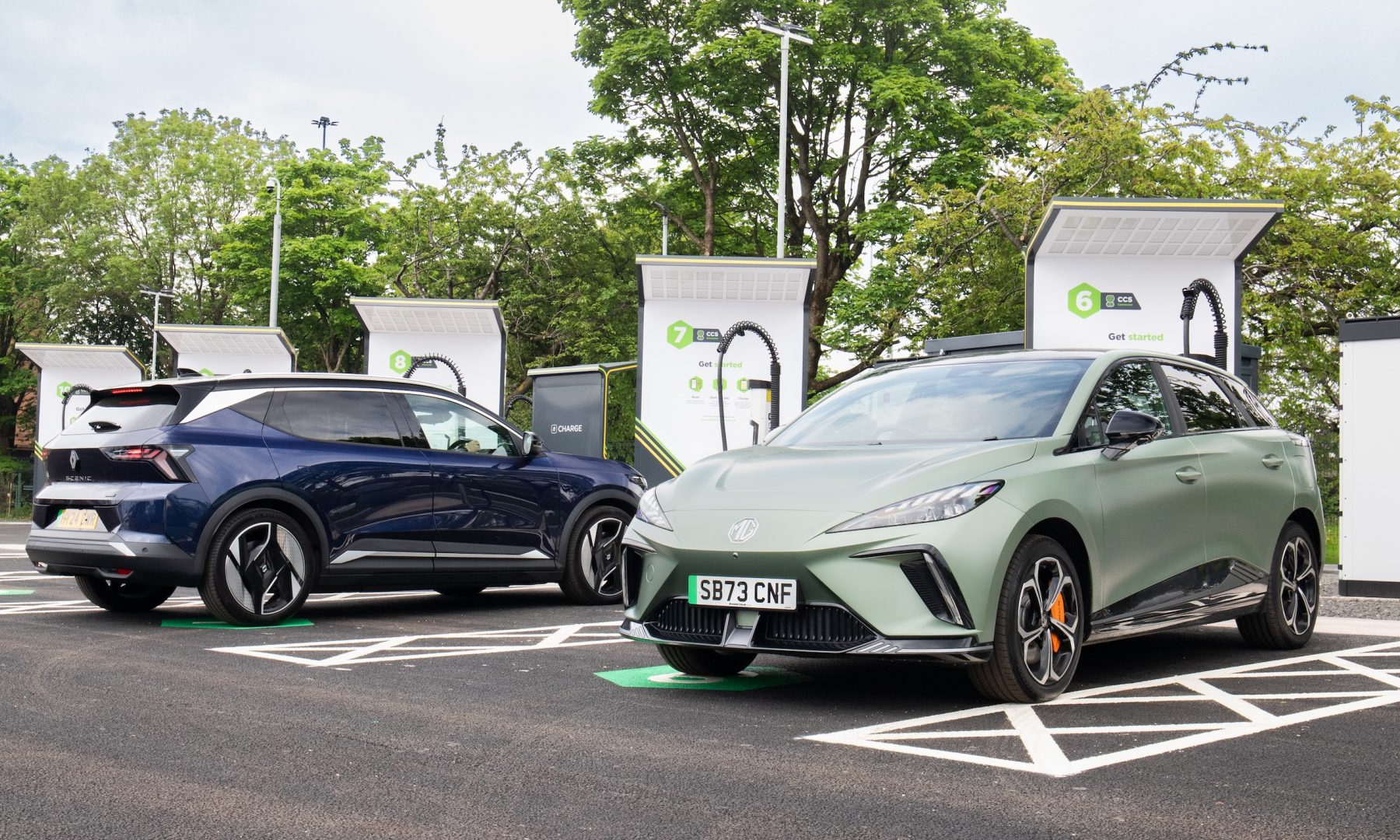 |
The MG4 electric car (right) at a charging station in the UK. Photo: CarDealer |
The MG4 electric car (right) at a charging station in the UK. Photo: CarDealer
BYD is another prominent player. In the first half of the year alone, the brand sold approximately 70,500 vehicles, surpassing its total 2024 EU export sales of around 57,000. Similarly, Xpeng, despite selling only about 8,400 vehicles in Europe during the first half of the year, exceeded the 8,100 it sold across Europe in 2024. These figures represent a 200% year-on-year increase, and further growth is anticipated.
The success of both Xpeng and BYD can be attributed to their consistent introduction of new products. Since last year, BYD has launched at least three new models, two of which (Dolphin Surf, Atto 2) compete in the budget-friendly segment.
The BYD Seal U PHEV crossover rivals the Volkswagen Tiguan as the best-selling PHEV crossover in Europe.
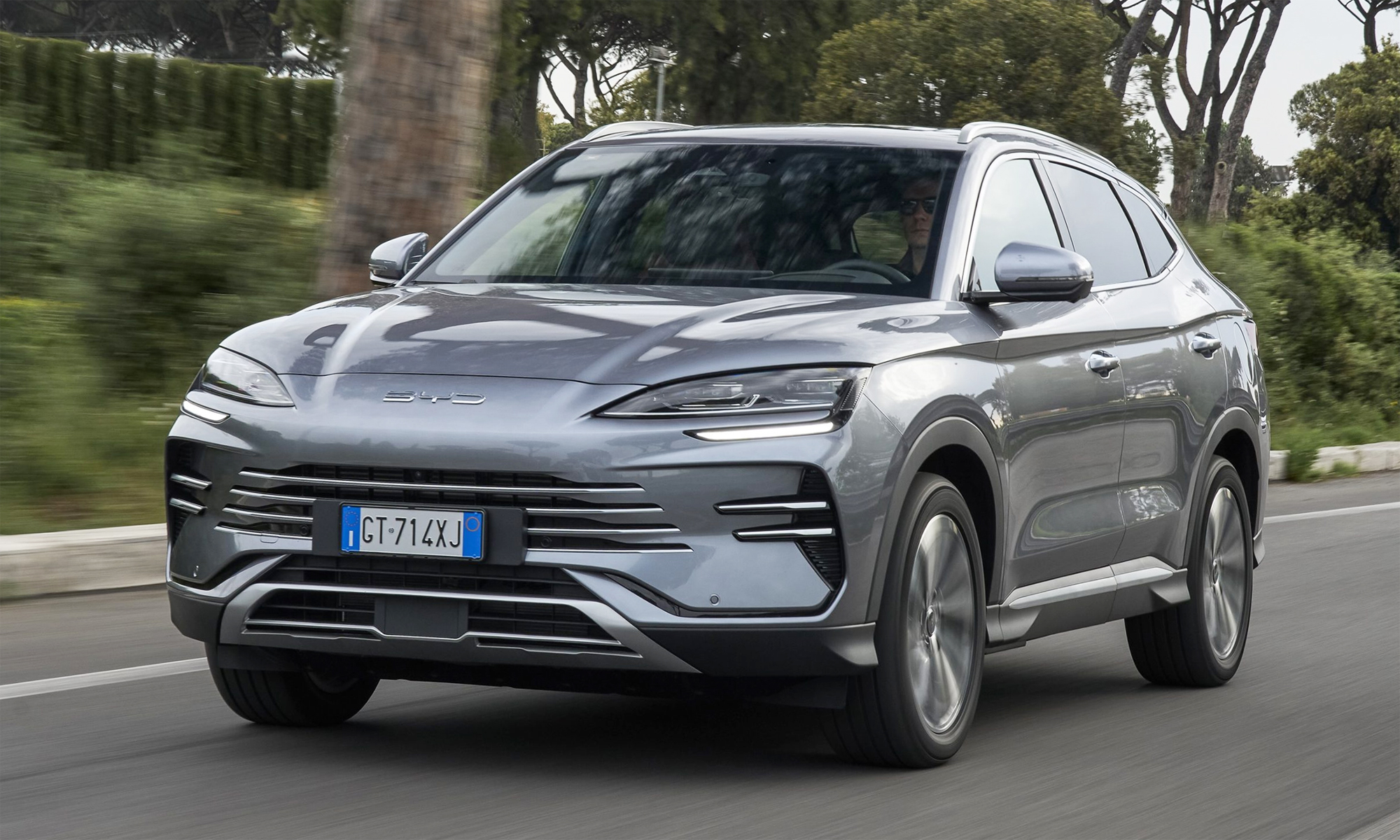 |
BYD Seal U hybrid SUV in Italy. Photo: Business Car |
BYD Seal U hybrid SUV in Italy. Photo: Business Car
Xpeng, initially offering only the P7 sedan in a few European countries, added the large G9 SUV and the compact G6 Model Y crossover in late 2024. Much of Xpeng’s sales growth is driven by the G6.
Meanwhile, Nio lags in sales, with only 370 units sold across Europe. According to Motor1, the large size and high price of Nio’s ambitious luxury lineup have not resonated with European customers, who often prefer familiar brands like BMW, Audi, or Mercedes.
As these Chinese brands expand, established European automakers are losing market share. Stellantis' European market share dropped from 16.7% to 15.3% in just one year. All Chinese brands combined hold a market share nearly equal to that of Mercedes.
These sales figures demonstrate the appeal of Chinese cars beyond China. Moreover, most of these brands plan to introduce newer, more affordable models. They have also proven to be much more agile in introducing new models to the market.
My Anh






